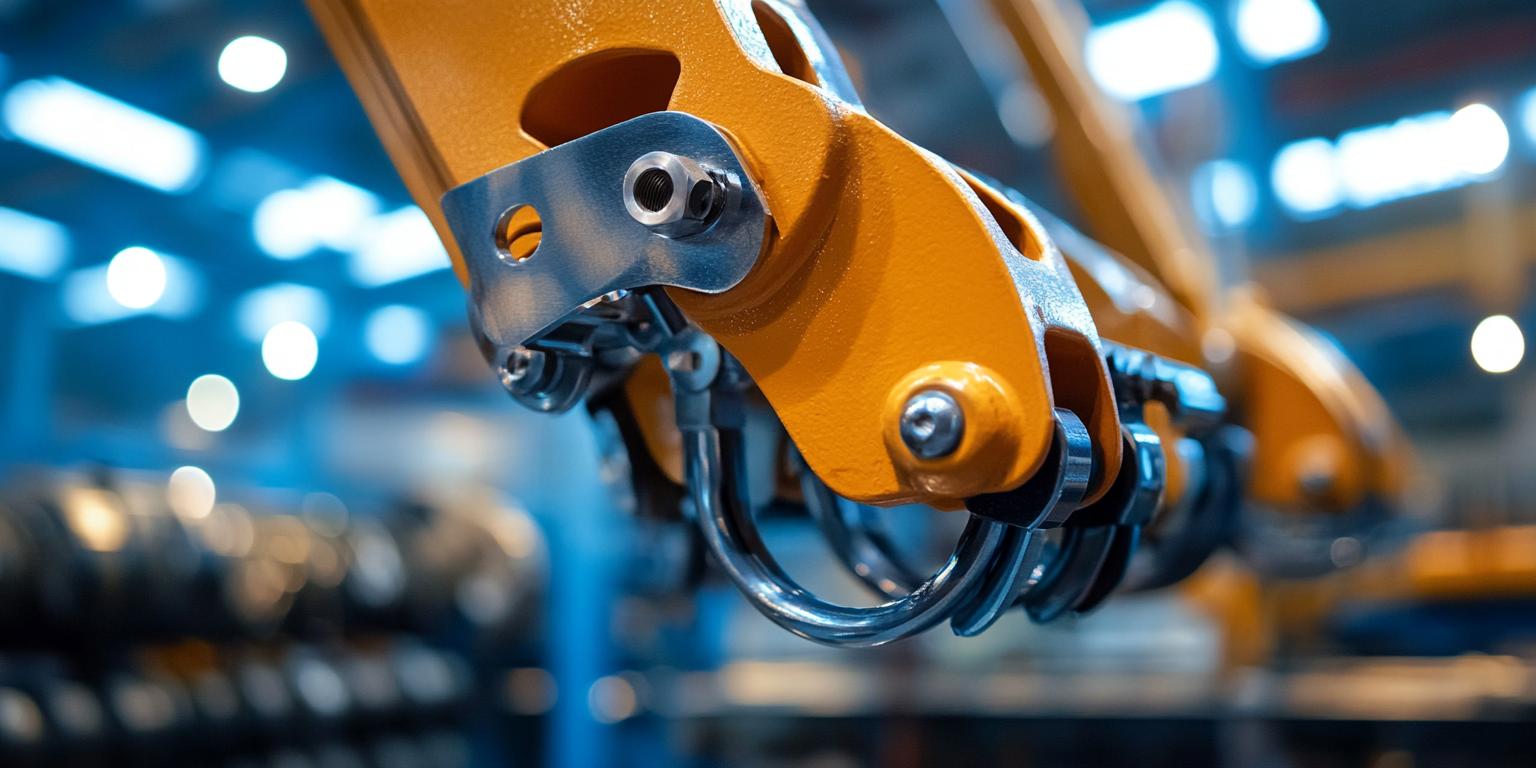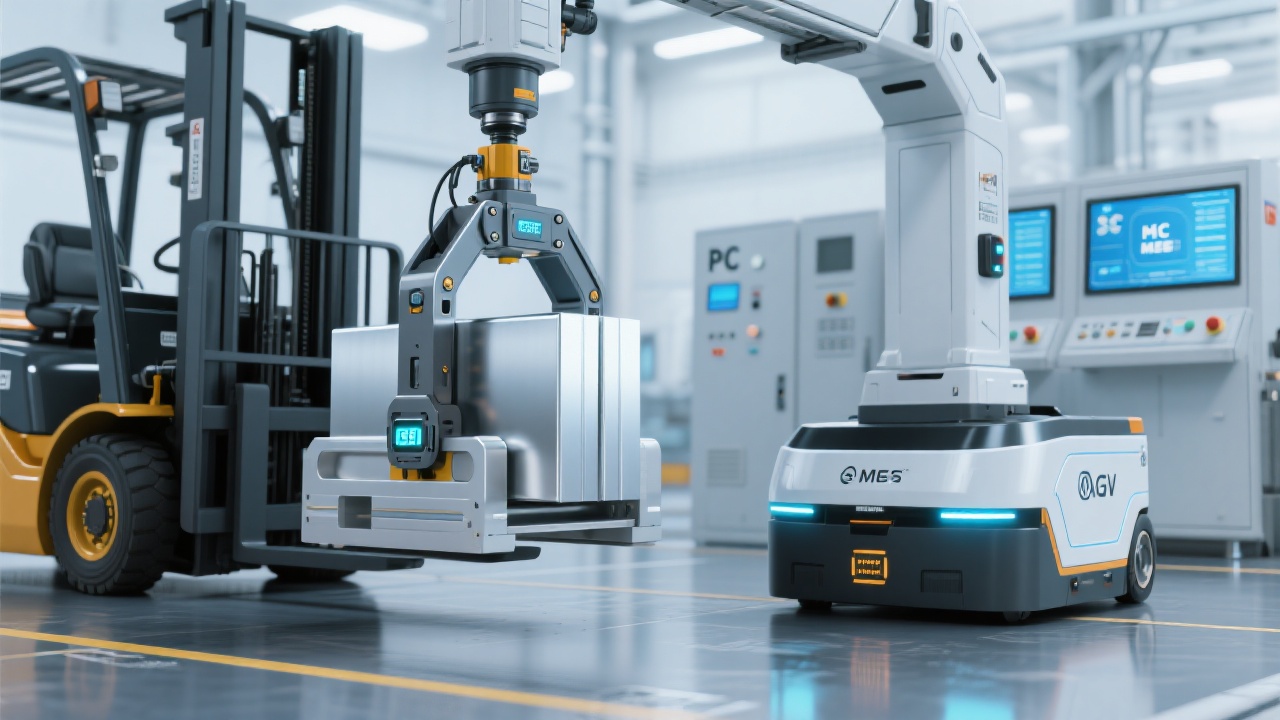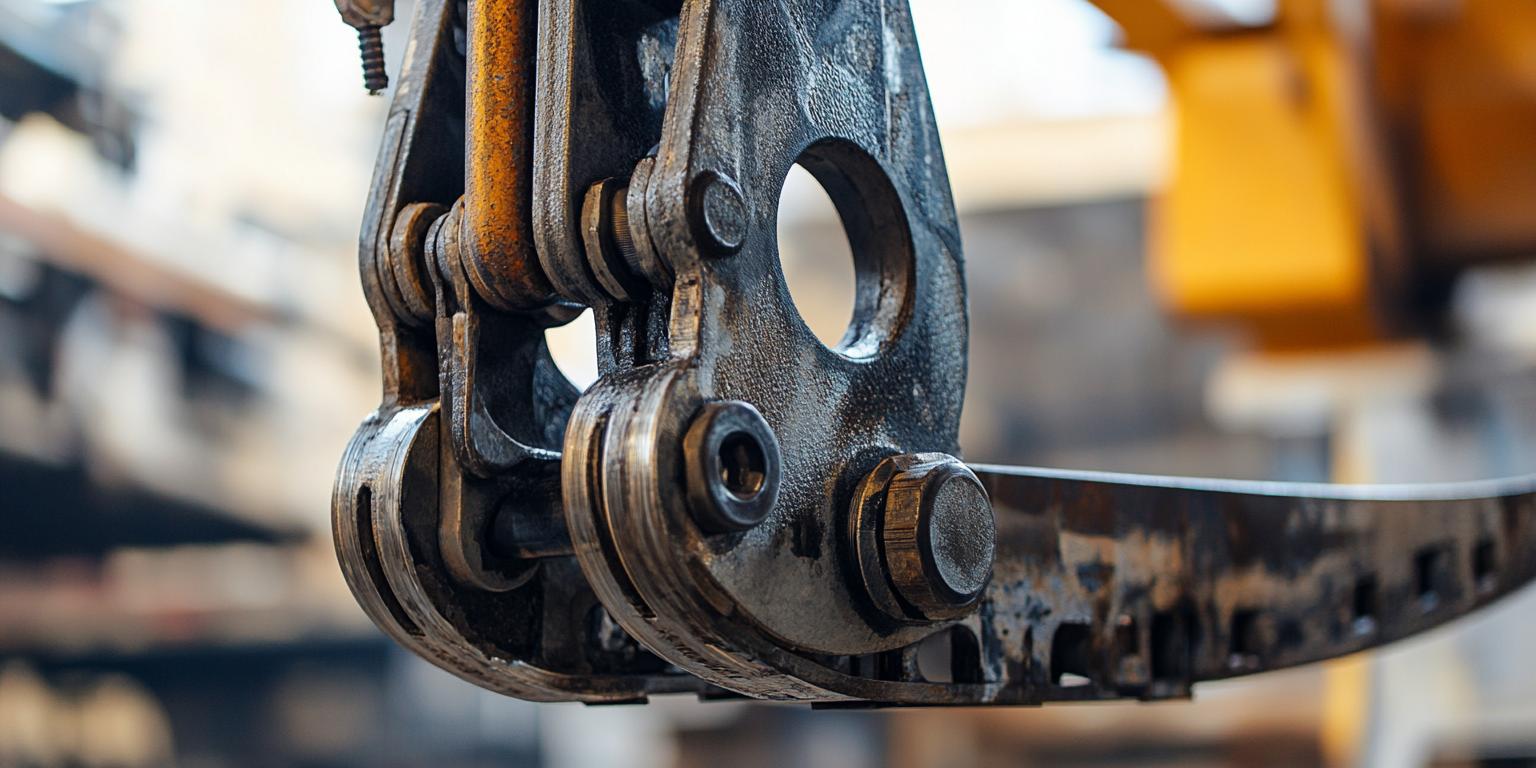
As manufacturing evolves toward Industry 4.0, the need for precise digital management of industrial fixtures—especially those used in harsh environments like steel mills—is no longer optional. Take the case of Dalian Tiding Heavy Industry’s power-driven slab clamps: over 1,100 units delivered globally, each equipped with unique design parameters, usage logs, and maintenance histories. Without a robust Product Data Management (PDM) system, these valuable insights remain siloed in paper-based records or fragmented spreadsheets.
That’s where Teamcenter PDM comes in. By integrating design data, production records, real-time operational metrics, and repair logs into one centralized platform, companies can now track every clamp from concept to decommissioning—ensuring traceability, consistency, and continuous improvement.
Before digital transformation, many steel plants relied on handwritten logs for fixture maintenance—a process prone to errors, delays, and loss of critical data. With PDM integration, every change, inspection, and repair becomes part of a living digital twin. For example, after implementing this solution, one client reported a 40% reduction in unplanned downtime due to better tracking of wear patterns and early warning signs.

The true power of digitalization lies not just in storage—but in validation. At Dalian Tiding, engineers use MSC NASTRAN to simulate extreme operating conditions such as thermal expansion at 800°C and dynamic loading during steel transfer. The results? A redesigned clamp structure that reduces deformation by up to 35% compared to legacy models, while maintaining full compliance with ISO standards.
| Parameter | Legacy Clamp | Optimized Clamp (Post-Simulation) |
|---|---|---|
| Max Thermal Deformation (°C) | 12.7 mm | 8.3 mm |
| Fatigue Life (cycles) | ~50,000 | ~95,000 |
| Maintenance Frequency | Every 3 months | Every 6 months |

This kind of data-driven decision-making transforms individual clamps from disposable tools into knowledge assets. Over time, organizations build internal libraries of best practices—what we call “reusable engineering intelligence.”
What starts as a single-unit deployment soon scales into fleet-wide standardization. Once the first 50 clamps are digitized, the next 500 follow faster—with fewer configuration mistakes and quicker onboarding. This is how smart manufacturers achieve both quality control and cost efficiency at scale.

If you’re ready to move beyond manual tracking and start treating your fixtures as strategic assets, let’s talk. Whether you're managing 10 or 1,000 clamps, the path to smarter operations begins with one click.

